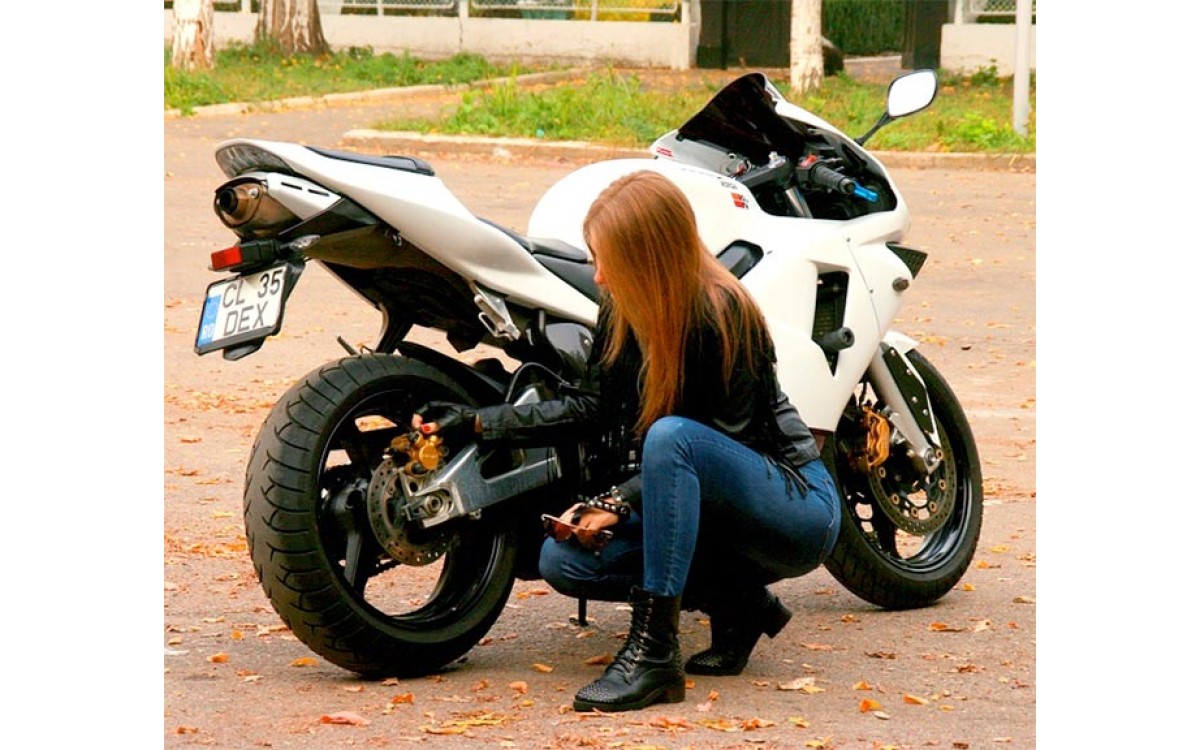We were taught to check our motorcycle before we begin riding, right from the time we started our first lessons at the driving school. There are many public service announcements and media articles that remind us to do so, too.
But we somehow always forget, or just take things for granted, given how reliable modern motorcycles are. You donot have to be mechanically-inclined to be able to carry out some basic checks on your motorcycle.You do not need to disassemble anything or start messing with specialist tools either.
It goes without saying that finding a problem or issue before you ride is better than when you are riding.
1. Tyres: Pressure, safety and tread
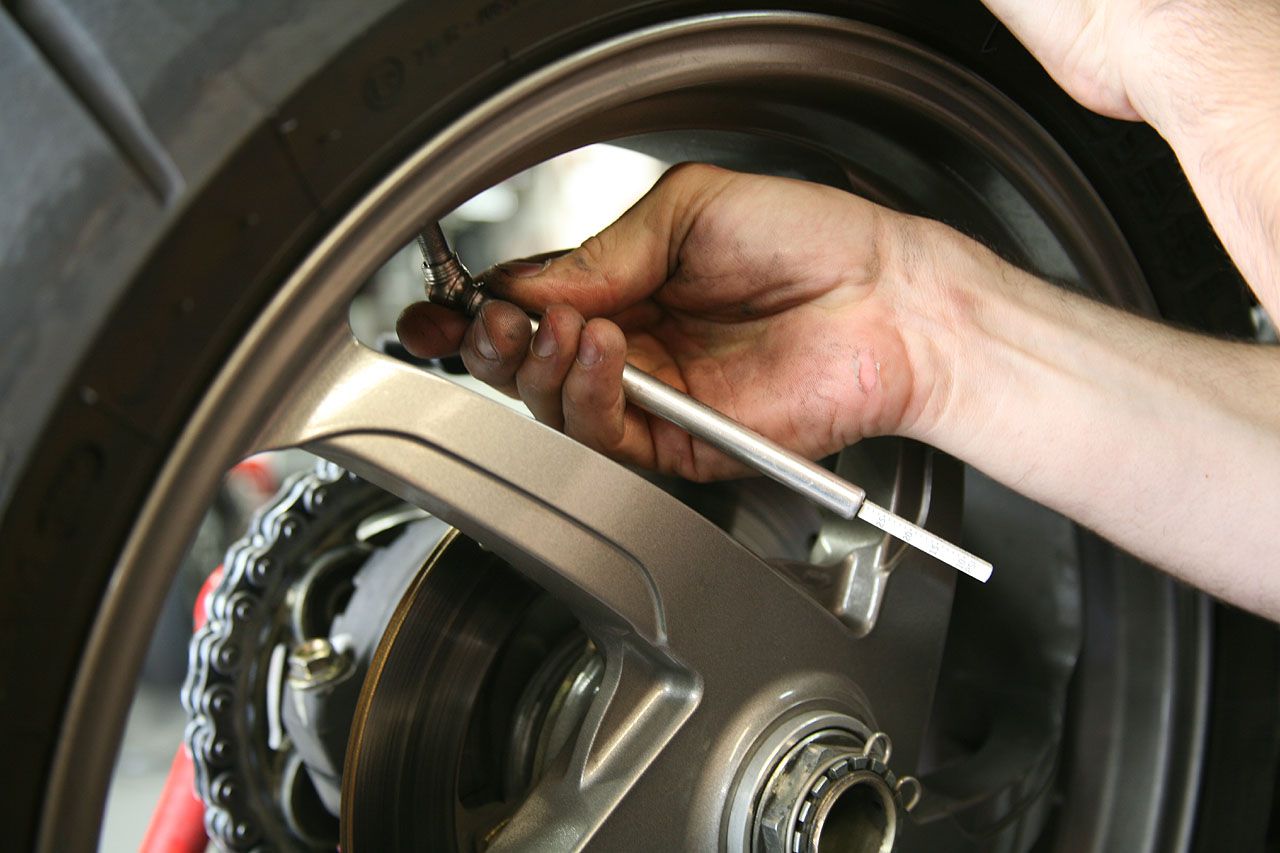
The pressure gauges at petrol stations are notoriously inaccurate, so get yourself a good tyre pressure gauge. Going along the theme of this article, it is something which is best performed at home because a cold tyre provides the most accurate reading. Tyres get hot and transfer the heat to the air inside, causing pressure to increase when you ride.
At the same time, you can look out for physical damages to the tyres. See if there is any crack or cut on the tyres, or a puncture. Be sure to check the tread depth, too. Last but not least, see if there is uneven or premature wear.
2. Fluids:Oil, brake fluid, coolant
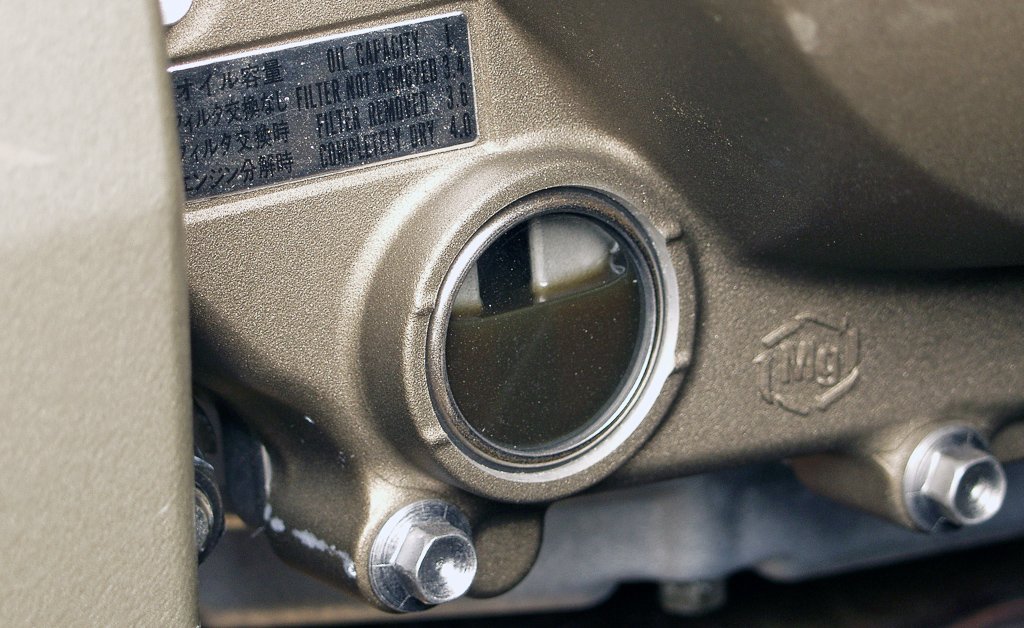
Modern four-stroke motorcycle engines do not tend to burn their engine oil, leading us to forget about the oil level. But there are other ways an engine can lose some of its oil.
Reading the oil level should be done correctly on your bike. Generally, the bike needs to be upright and level on both tyres, so using a rear paddock stand or a slanted driveway will give a wrong reading.
Pay attention to its colour, too. Amber or whatever colour it went in (some are blue, some are red) is good. Brown is still alright. Black is not so good, and it is worst when the oil is greyish black. You should also change out the oil every time after you leave the racetrack if you attend trackdays.
The brake fluid is critical. Check the level. If it is low, you may have worn brake pads. If it looks brown it may be time for a change. In fact, brake fluid needs to be replaced every two years, regardless of mileage.
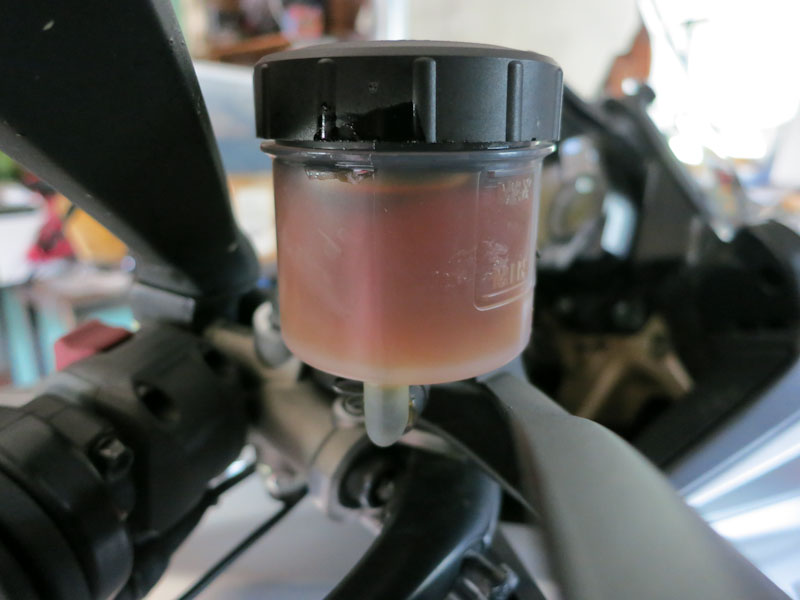
Last but not least in the list of fluids is the coolant, if your bike is liquid-cooled. Firstly, check the level. It should sit between the MIN and MAX marks in the reservoir. Secondly, check the colour. If it is the same colour as you put it in, it is fine. However, you will need to get your engine checked out immediately if it is the colour of milk tea! It means engine oil is leaking into the cooling system due to a bad seal or worse, a crack in the water jacket.
3: Chain: Tension and condition
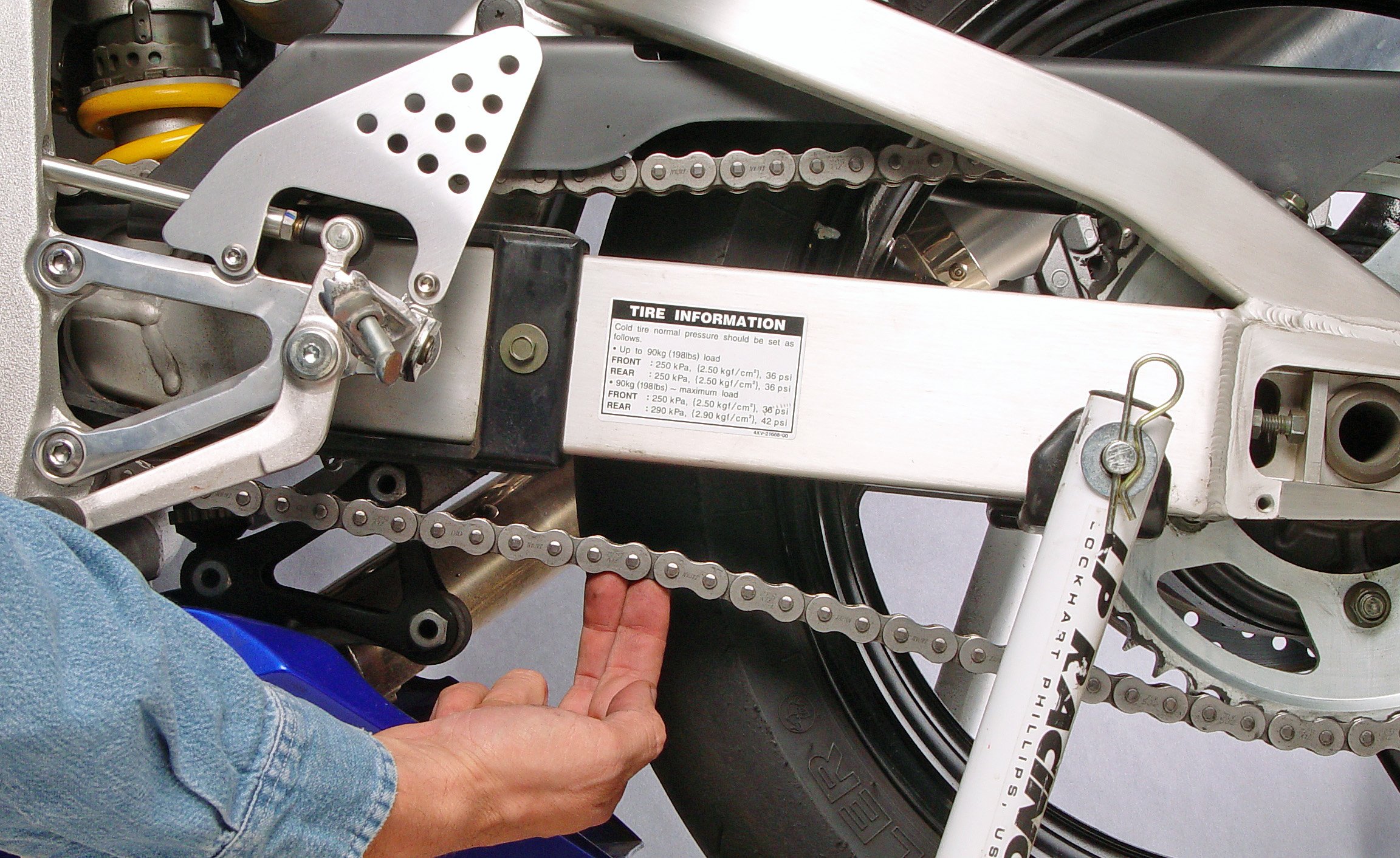
The chain must some slack – usually 1-inch up and down at the midpoint – to cater for the swingarm’s movements. To get a more correct assessment, check the tension at several points by turning the rear wheel to different positions. This helps in spotting tight spots early.
Do clean and lubricate the chain if it is dirty and rusty.
4.Electrics: Lights, electronics
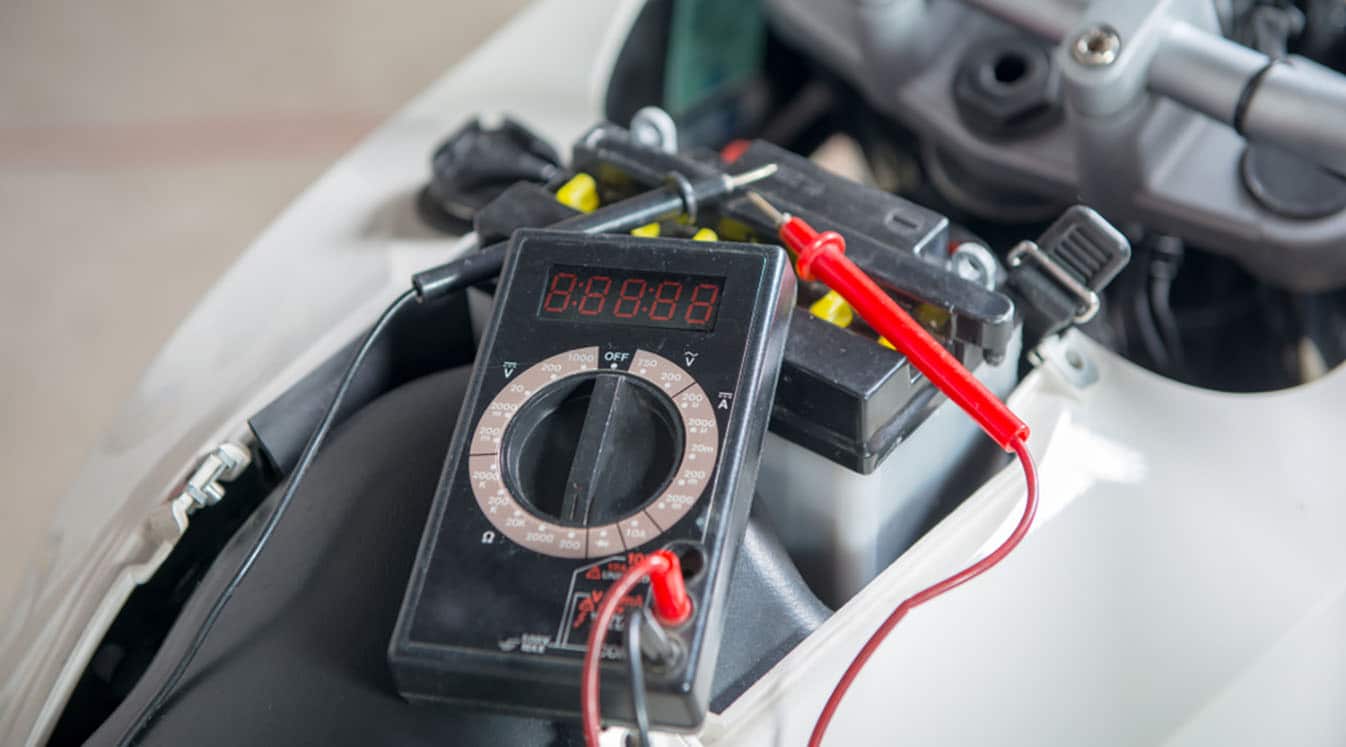
Sounds stupid, but we should always check to see if the lights are working, regardless if your bike is fitted with halogen bulbs or LED. The problem may not be caused by the light emitting parts, but may lie with the switches or sensors instead.Imagine hitting the road without the brake light or signals!
As for the electronics, pay attention to warning lights on the instrument panel. Get it sorted at the soonest if you see one which does not go out.
5. Brakes: Discs and pads
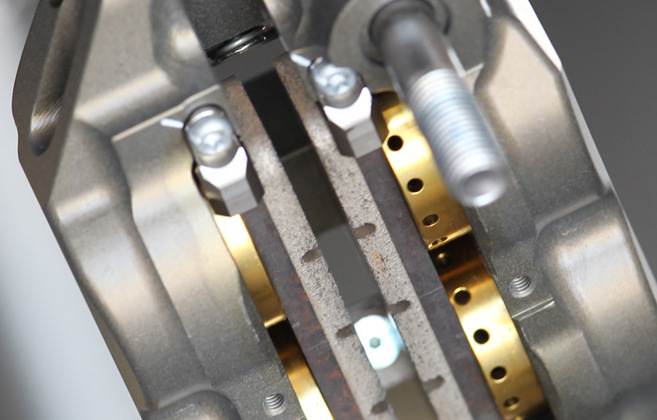
We always want the best brakes but forget about them soon after.
Always check the thickness of the friction material of the brake pads. You do not want to wear it all down and have the hard backing plate scraping the discs!
Also, check the discs for warpage, cracks, and deep grooves and ridges. A badly warped disc will produce vibrations when you brake and may trigger the ABS to work prematurely during hard braking. Cracks means you need to replace the disc immediately. Grooves and ridges are fine unless they are too deep or high.
Conclusion
See, that was not too hard, right? Make it a point to check your bike everytime before you ride, especially if you are touring. It also helps to check when you reach your destination.

